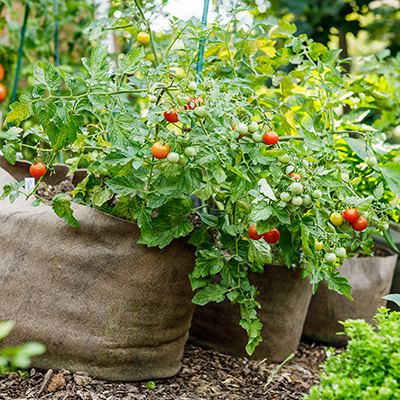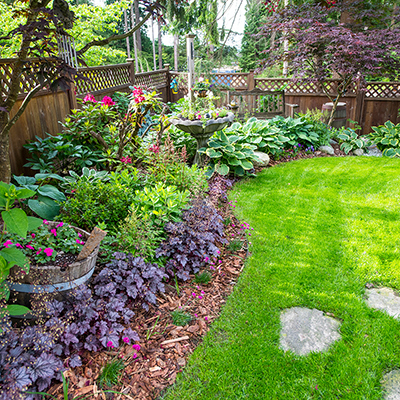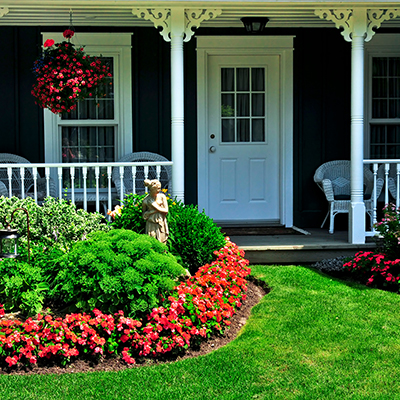Fall Vegetable Gardening 101

Last updated September 7, 2023
Keep your garden producing vegetables through summer and into fall when you plant a fall garden. Autumn is the best season to garden. There are fewer problems with heat and insects, and the weather is often wetter.
Best vegetables for a fall edible garden include beets, bok choy, broccoli, Brussels sprouts, cabbage, carrots, cauliflower, collards, kale, kohlrabi, leaf lettuces and spinach, leeks, radishes, rutabagas, Swiss chard and turnips.
Herbs for your fall vegetable garden include chives, cilantro, lavender, mint, parsley (flat Italian and curly), rosemary, sage and thyme. The most popular herb for growing at home, basil, can be enjoyed in your fall garden until the first frost.
In this guide, learn strategies for growing a fall vegetable garden.
Table of Contents
Start with a Full Sun Site, Test and Amend Soil
Start Seeds Indoors
Plant Your Fall Vegetable Garden
Care for Your Garden
Harvest and Preserve
Prepare for Winter
Start with a Full Sun Site, Test and Amend Soil
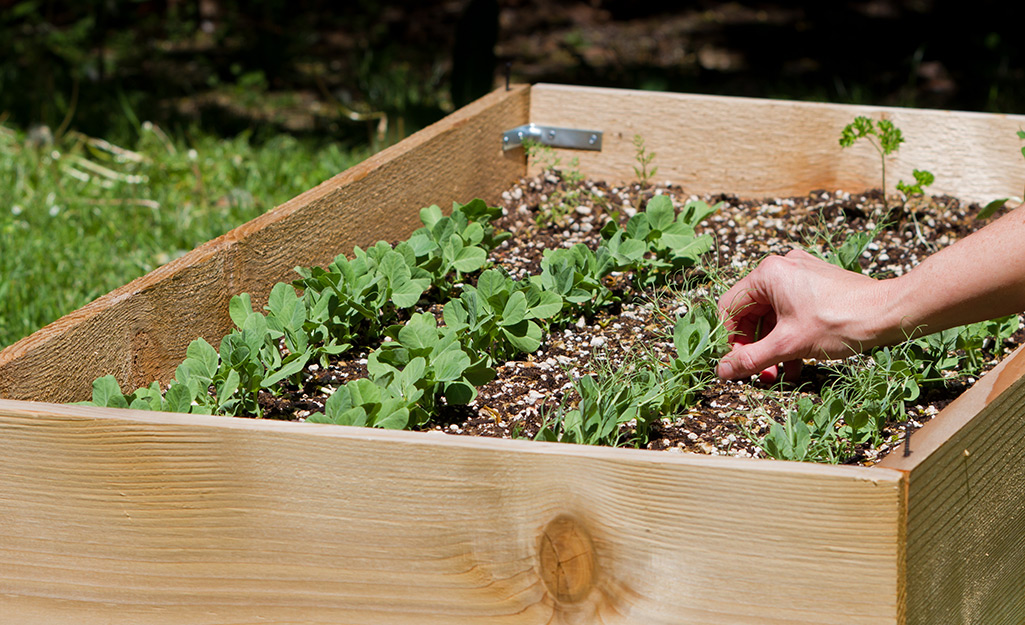
If this is a new garden, make sure your garden site is in full sun. Morning sun is best. Late afternoon shade from trees or a house is ok. You want the best soil for your garden. If you haven’t had your soil tested for a few years, it’s a good idea to go ahead with a soil test kit from your local cooperative Extension Service or from the Garden Center.
Test results will give advice for amending your soil. With or without a test, all soils benefit when you work in rich, organic compost. The humus compost aerates the soil and provides vital nutrients to the growing roots of your vegetable seedlings.
You can transition your garden from summer vegetables to fall crops. In this case, replace summer crops as they mature with a fall crop. Any plants that show signs of disease should be placed in the trash, all others go to the compost pile. As you clean the garden, rake layers of mulch to the side while you work. Nourish soil by working organic compost into the top 6 inches of soil.
One strategy for fall crops is using grow bags or containers. Grow bags are inexpensive, lightweight bags that produce healthy plants. Grow bags tend to dry out, but in wetter seasons, that shouldn’t be a major problem. To help them retain moisture, place the grow bags on planter saucers or trays.
Tip: Refresh tired garden soil with vermicompost, also known as worm castings. Vermicompost improves soil structure, increases water and nutrient holding capacity, and promotes plant growth.
Start Seeds Indoors

Next-level fall vegetable gardens begin the same way spring vegetable gardens do, by starting seeds. Some crops, like peas and radish, can be directly sown in the garden once the weather cools. Others, like beets, broccoli, carrots, chard, kale and spinach can be started indoors for a jump on the season.
To begin, know your area’s average date of first frost. Consult your seed packets for days to maturity and count back for optimal seed sowing dates. Be sure to add the days to germination into the equation.
Create a DIY grow light system for seed starting. Begin with a ventilated shelving unit. You'll also need grow lights, seeds, potting soil, a fan and seedling starter trays. Learn more about setting up a grow light station.
Tip: It’s perfectly ok to purchase seedlings for your fall garden. They will be ready in your Garden Center when temperatures are right for planting in your garden.
Plant Your Fall Vegetable Garden
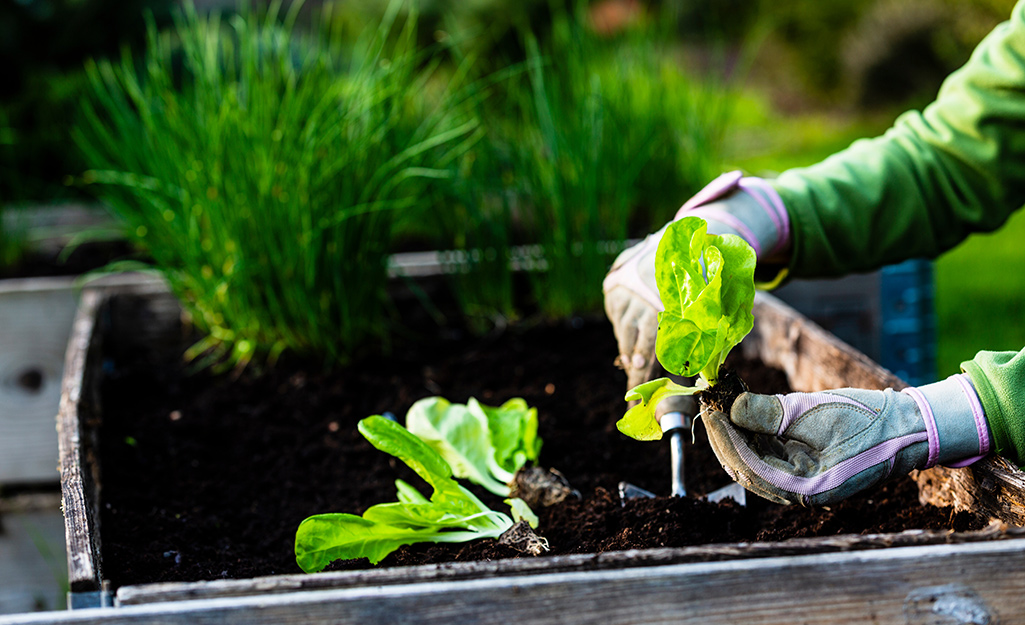
When you’re ready to plant your garden, keep in mind that summer heat can be stressful on tender crops. Some seeds will not germinate if temperatures exceed 85 degrees Fahrenheit. To keep the soil cool and moist, protect newly planted seeds with a moistened layer of burlap or newspaper.
Containers and grow bags are useful for tender greens and lettuces in your fall garden. Begin by filling a planter with good quality organic potting mix, and just thumb the seeds one-fourth to half an inch deep and cover lightly with moistened soil. Check soil daily to make sure seeds do not dry out. Sow seeds every week or two for a steady supply of fresh, tender greens.
If you’re planting in the ground or a raised bed, follow these steps:
- Select a site that gets at least six to eight hours of sunlight a day.
- Amend soil with organic compost.
- Space seeds and seedlings according to directions on plant and package labels. Some seeds will need to be thinned after germinating.
- Use an organic fertilizer formulated for edibles. You can use a dry fertilizer or a liquid product.
Newly planted seedlings may show signs of heat stress early in the fall growing season. Keep an eye on them and water frequently.
Tip: Take time to thin root vegetables and greens that are directly sown in the soil. Once the second set of leaves appear, evaluate the plants and gently pull out the weakest-looking seedlings and toss them in the compost pile.
Care for Your Garden

The best time to water your garden is early in the day. The second-best time to your vegetable garden is late afternoon or early evening, so plants can spend the night recovering from the day’s stresses with an ample supply of water.
When you water, soak only the roots and keep the leaves dry to avoid leaf spots and other fungal diseases. Drip irrigation makes this very easy.
In a small garden, you can hand-water with a hose and long-handled watering wand. In larger gardens, soaker hoses or drip irrigation lines are essential watering equipment. Avoid using sprinklers in vegetable gardens. They are not very efficient and may encourage diseases that develop on wet leaf surfaces.
Even if you’re not watering every day, it’s still a good idea to visit your vegetable garden every day to scout for pests and check on progress. Aphids, cabbage worms and cabbage loopers can cause problems into fall. Applications of Bt (Bacillus thurigiensis) help control caterpillars like armyworms and Neem oil is effective against aphids.
Harvest and Preserve
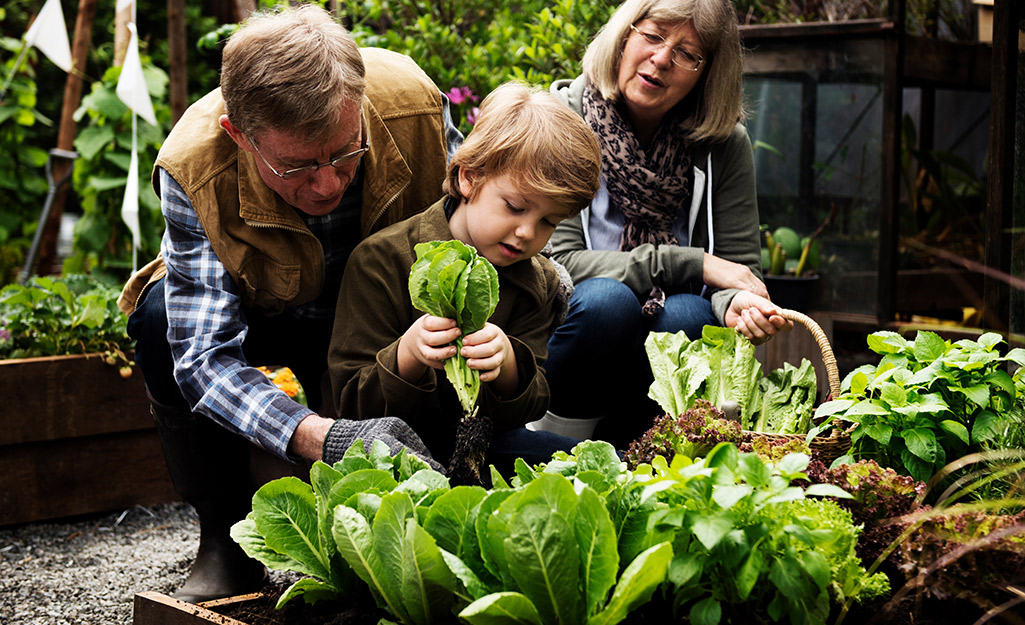
When your vegetables are ready to harvest, you’ll need a sharp knife or pruners and a basket. Harvest early in the day when plants have the most moisture.
You can harvest herbs and some greens like leaf lettuce and know that they’ll produce until the first frost. Many fall vegetables tolerate temperatures below freezing and are sweeter because the starches turn into sugars.
Veggies that are sweeter after a frost:
- Broccoli and cauliflower
- Cabbage
- Carrots & beets
- Collards
- Kale
- Leeks
- Radishes
- Rutabagas & turnips
- Swiss chard
A fall vegetable garden gives you another season of edible goodness. Remember there's lots of ways to share the bounty from your vegetable garden.
You can share homegrown vegetables with neighbors and friends. Local food pantries will accept homegrown produce, too, and distribute it to families in your community. Check out ampleharvest.org for more information.
Prepare for Winter
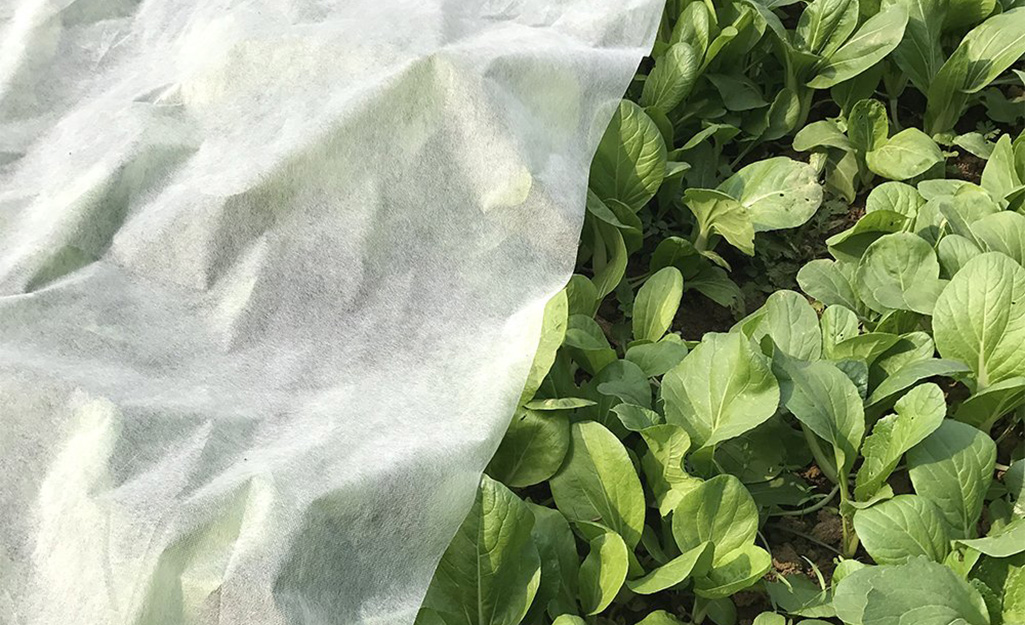
Veggies like salad greens and broccoli keep their good looks and flavors longer when protected from harsh weather conditions. This can be easily accomplished by using row covers and cold frames in your garden. In fact, these tools will add more than a month to the fall growing season by reducing wind and frost damage.
Row covers allow air, water and light to pass through. They’re easy to install, provide excellent coverage and dry quickly. Plus, hungry deer and other pests seldom bother edibles hidden from view under row covers or in cold frames.
Use a cold frame to protect low-growing lettuce and spinach when hard freezes become frequent. The same cold frame you use in spring to harden off seedlings can be used to protect these and other hardy vegetables from cold, ice and deer all winter long.
Growing a bountiful fall garden takes a little bit of extra time in summer, but will stretch your garden season until frost and beyond. It's just one way to become a year-round gardener. Save time with The Home Depot Mobile Mobile App. We deliver online orders when and where you need them.












